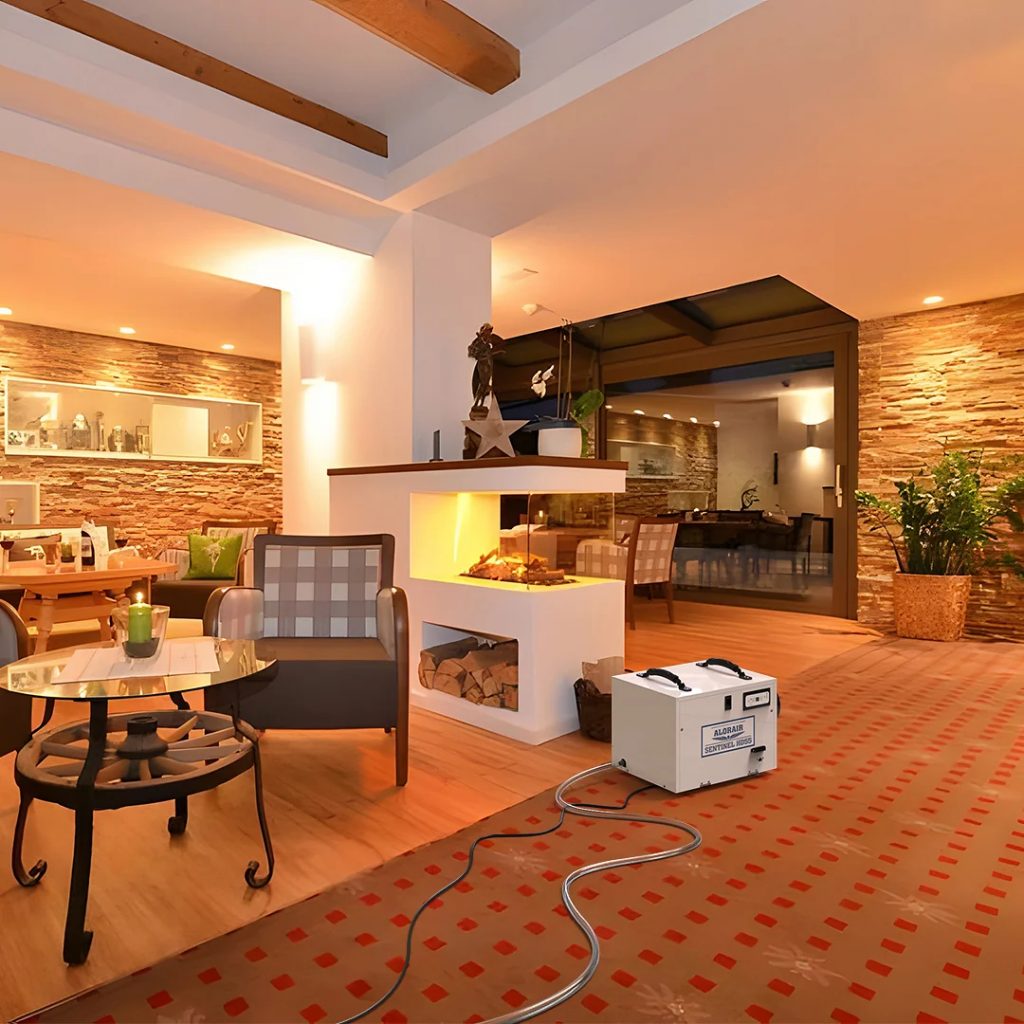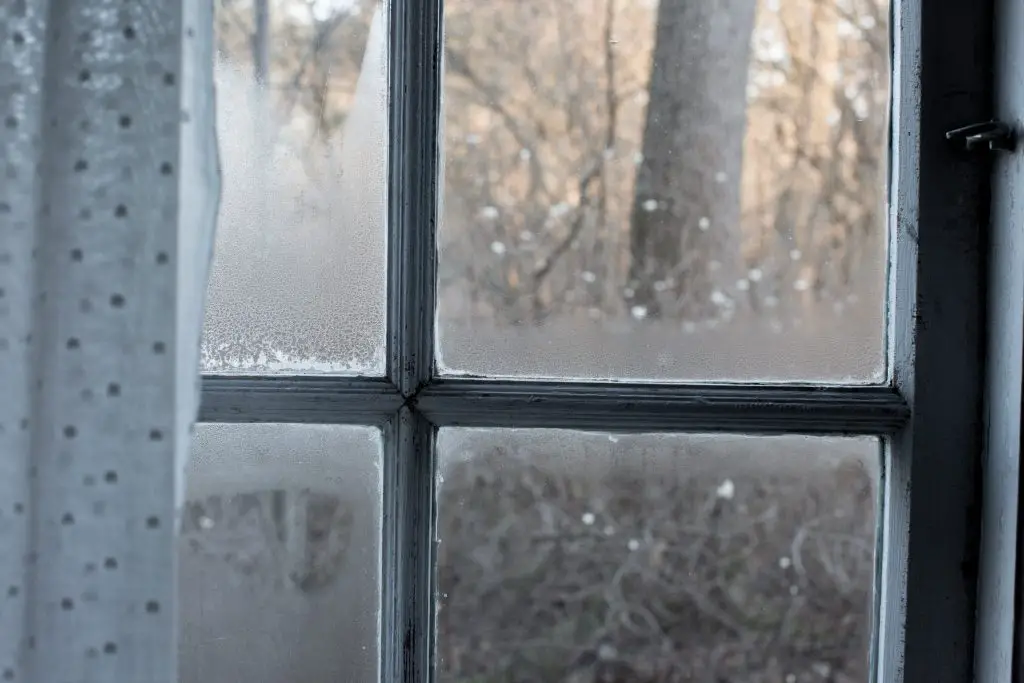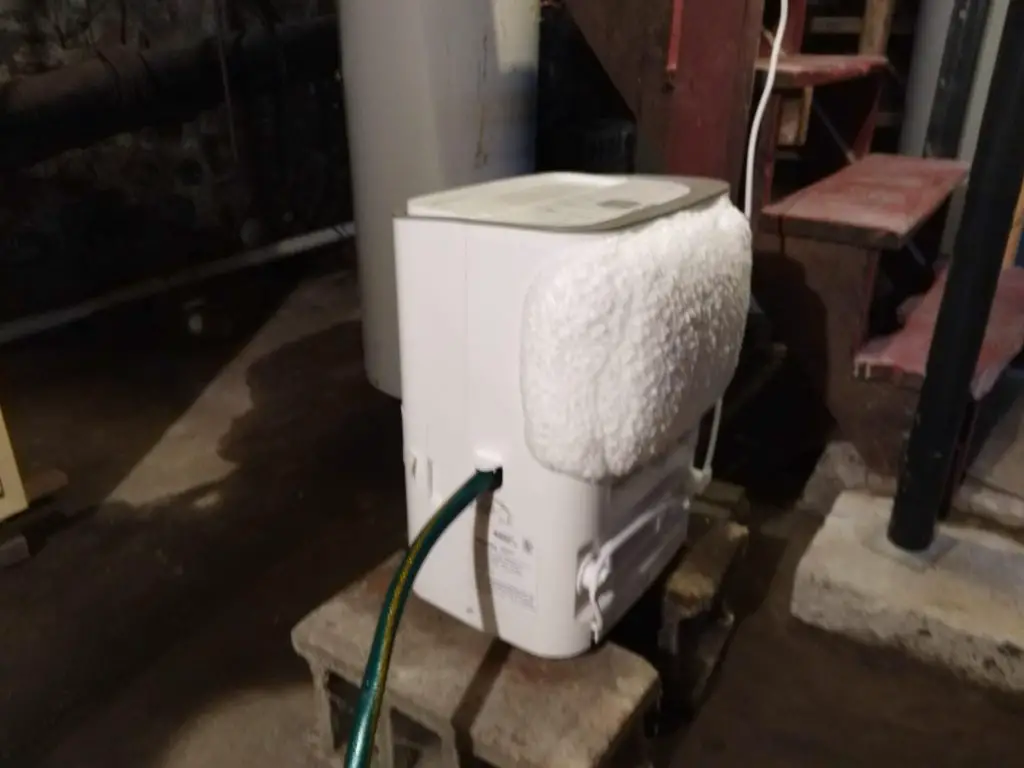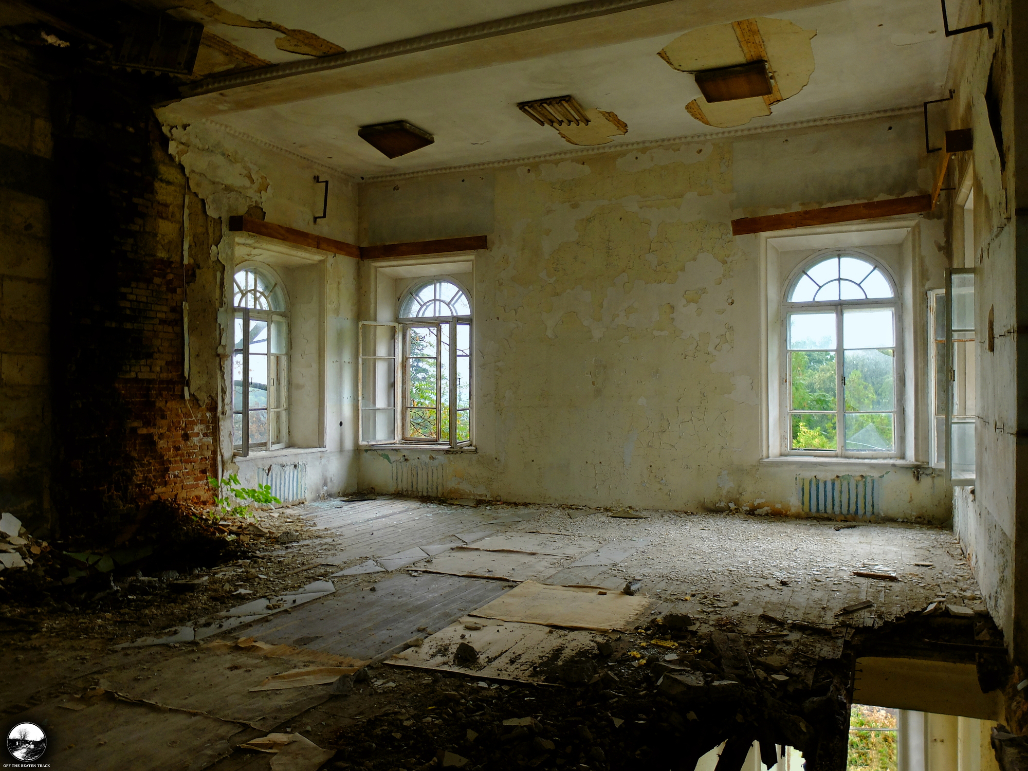Do dehumidifiers work in cold rooms? An ironic twist
Do dehumidifiers work in cold rooms is a question often asked during those cold winter months.
Ironically, we often need a dehumidifier the most during these cold spells when condensation tends to spike. Dehumidifiers however rely on the room being at a certain temperature in order for them to work effectively.
In this article, we will explore the question of whether dehumidifiers work in cold rooms, and provide tips and recommendations for effectively dehumidifying a cold room.
What is a dehumidifier?
Dehumidifiers are a popular household appliance used to remove excess moisture from the air. Unfortunately, the air we breathe is full of moisture and everyday activities such as cooking, cleaning and even breathing only add to the issue.
If left to its own devices, especially in older homes it can lead to a number of issues with dampness and mould.
Dehumidifiers can help to prevent mould and mildew growth, as well as reduce the risk of allergies and asthma.
How do dehumidifiers work?
Dehumidifiers work by drawing in air from a room and passing it over a cold evaporator coil.
As the air comes into contact with the cold coil, the moisture in the air condenses and collects on the coil. The dehumidifier then removes the collected moisture and releases dry, dehumidified air back into the room.
The dehumidifiers can be of two types: Desiccant or Refrigerant type. Desiccant dehumidifiers use chemical absorbents to absorb the moisture from the air, refrigerant types use refrigerant to cool the air and condense the moisture out of it.
The process of removing moisture from the air is also known as adsorption. This process can help to reduce the humidity levels in a room, making it feel more comfortable and less stuffy.
It is important to note that dehumidifiers do not lower the temperature of a room, they only remove moisture from the air. So, in order to dehumidify a cold room effectively, it is important to also keep the room properly insulated and ventilated.
Do dehumidifiers work in cold rooms?
Dehumidifiers can still function in cold rooms, but their performance may be affected by the low temperature.
The lower the temperature, the less moisture the air can hold, which means there may be less moisture for the dehumidifier to remove.
However, this does not mean that dehumidifiers cannot work in cold rooms, it just means that they may not be as efficient in removing moisture as they would be in a warmer room.

One potential challenge of dehumidifying a cold room is the risk of the evaporator coil freezing. If the coil gets too cold, the moisture condensing on it may freeze, preventing the dehumidifier from working properly. To prevent this, many dehumidifiers have a feature that automatically turns off the unit when the coil gets too cold, and turns it back on once it has warmed up.
In summary, dehumidifiers can still work in cold rooms, but they may not be as efficient as they would be in warmer rooms. It’s important to be aware of the temperature and the potential challenges that may arise when using a dehumidifier in a cold room.
Dehumidifiers and old houses
Although the use of a dehumidifier can be a big help in drying out an old house, it does not treat the source of the issue.
If a house has an ongoing condensation issue the dehumidifier will only treat the symptoms and not the issue itself.
Older houses tend to be colder by their nature meaning they often have a number of cold surfaces which are prime for condensation forming. If you want to learn more about cold spots on walls, check out our full guide.
This Kinda Old House Top Tip
Focus on heating your home evenly during winter months in order to avoid issues with condensation dampness. Modern boilers are designed to operate efficiently at low temperatures rather than coming on and off at regular intervals.
Try leaving your heating on for longer periods but at lower temperatures.
Do dehumidifiers work in cold rooms? Tackling a cold room.
When trying to dehumidify a cold room, the best tactic is to look at the room as a whole and not try to resolve the issue with a dehumidifier alone.
Here are some tips for effectively dehumidifying a cold room:
- Heat the room: To reduce condensation try and keep the room at an even temperature throughout the day. If you are struggling to heat a room a portable heater will also help.
- Insulate the room: Proper insulation can also help keep a room warm and prevent the formation of condensation on the walls and windows. Tackling condensation will help reduce the amount of moisture in the air and make it easier for the dehumidifier to do its job.
- Ventilate the room: Proper ventilation can help to remove stale, damp air from the room and bring in fresh dry air. This can help to reduce the humidity levels in the room and make it more comfortable.
- Use a humidistat: A humidistat is a device that measures the humidity levels in a room. By using a humidistat, you can set the desired humidity level for the room and the dehumidifier will automatically turn on and off as needed to maintain that level.
- Keep the dehumidifier away from cold surfaces: To prevent the evaporator coil from freezing, it’s important to keep the dehumidifier away from cold surfaces such as windows and walls. This will help to keep the coil at a warmer temperature and allow it to function properly.
- Clean the filter regularly: Dehumidifiers come with a filter that traps dust and other particles. Make sure to clean or replace the filter regularly to ensure the unit is functioning properly.
If you take anything from the tips above it would be to focus on the temperature of the room and ventilation. View our full guide for more information on condensation dampness.

At what temperature do dehumidifiers stop working?
The exact temperature at which a dehumidifier will stop working will vary depending on the specific model and brand.
However, most dehumidifiers are designed to shut off automatically if the temperature inside the room drops below a certain level, typically around 60-65°F/15-18°C.
The reason for this is that at lower temperatures, the air inside a room holds less moisture, making it harder for the dehumidifier to remove excess moisture. Additionally, if the temperature drops too low, the evaporator coil in the dehumidifier may freeze, preventing it from working properly.

It’s important to note that some dehumidifiers come with a built-in “defrost” feature that automatically turns off the unit when the coil gets too cold and turns it back on once it has warmed up. This feature helps to prevent the coil from freezing and ensures that the dehumidifier continues to function properly.
Dehumidifiers can be a big help when trying to reduce the amount of moisture in your home, especially when you have stressful problems with dampness.
When using a dehumidifier always think about why your home might be suffering from issues with dampness. Is it caused by penetrating damp or condensation? Finding the source of the problem will be most beneficial to the fabric of your home.
Luckily we have a whole series of guides on treating damp in old houses, which have plenty of tips on how to get and keep your home warm and dry.


Leave a Reply